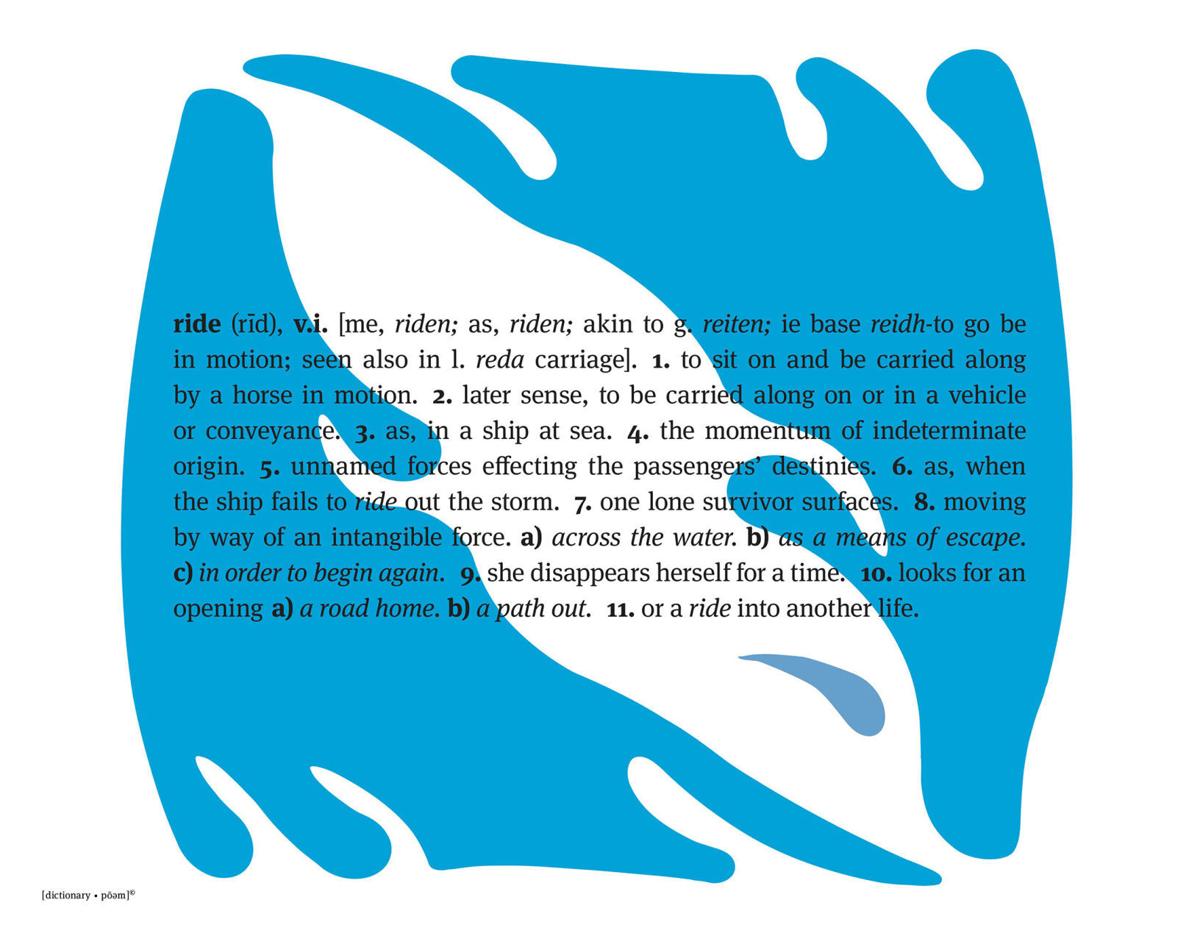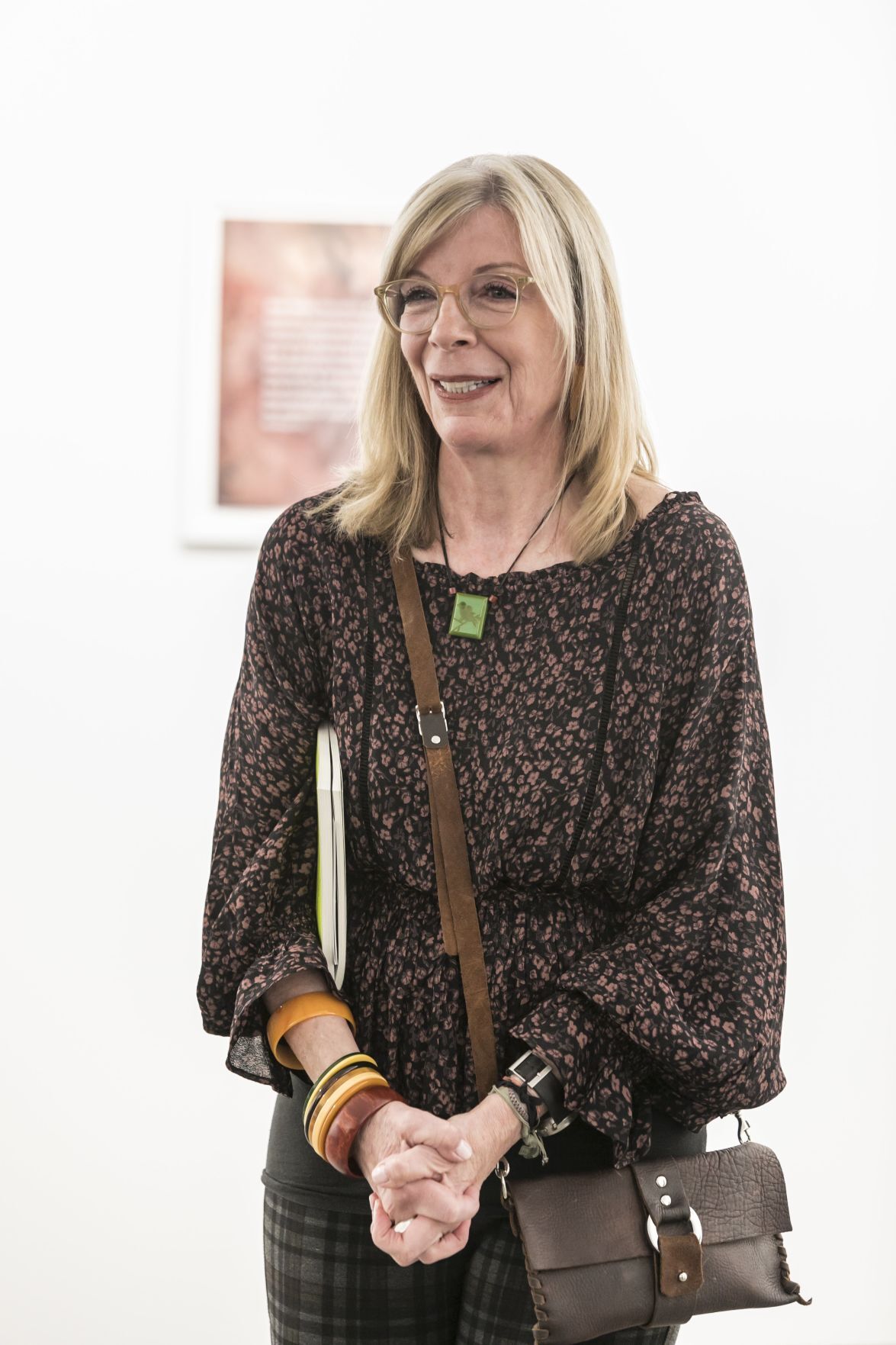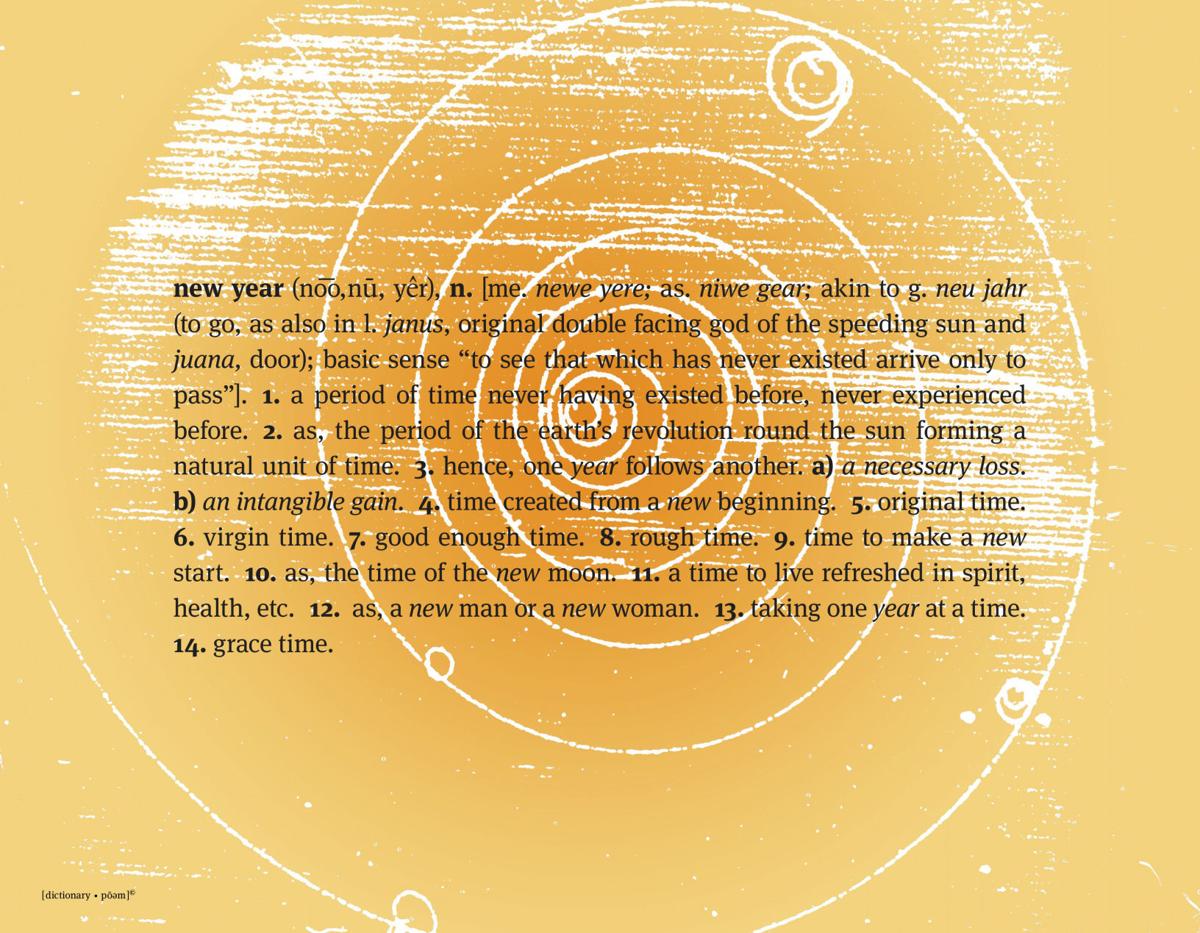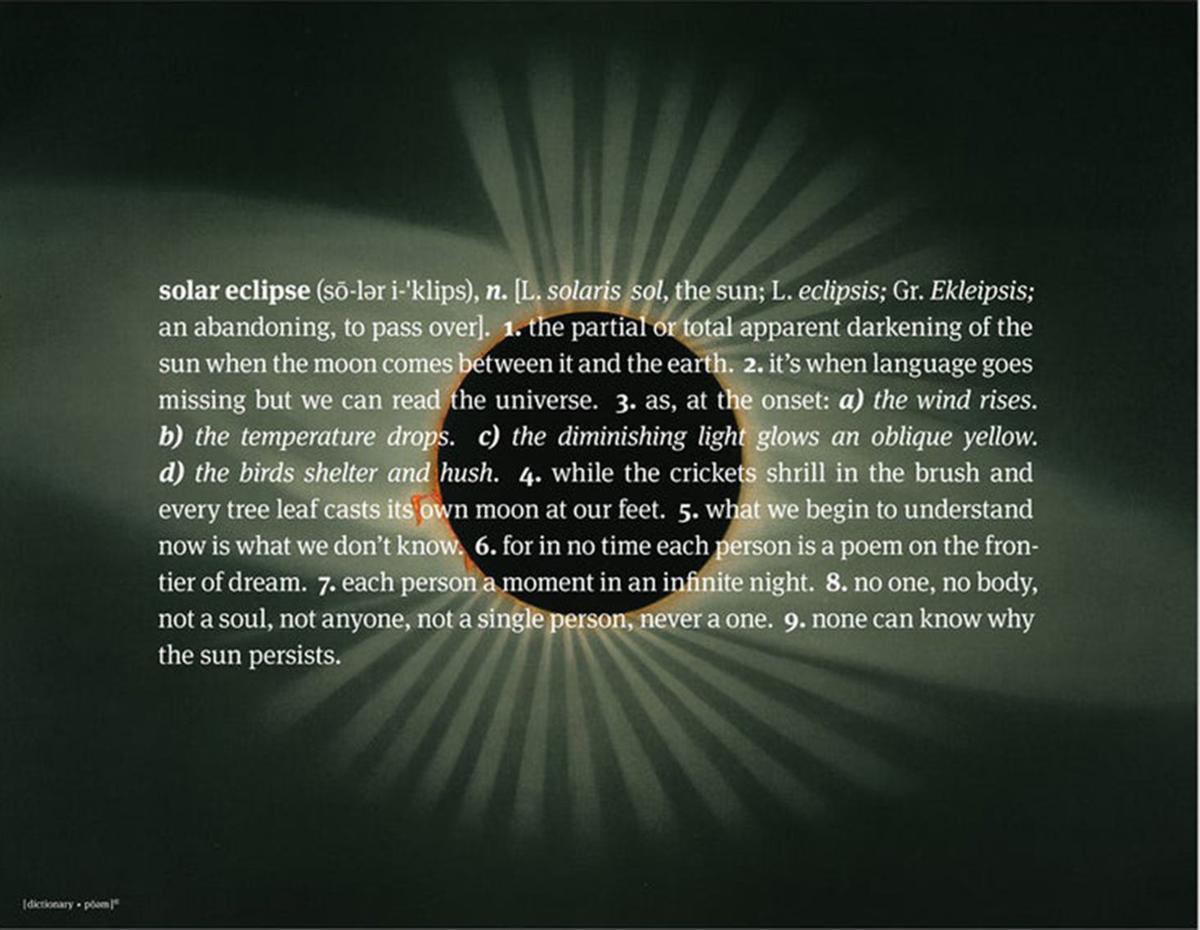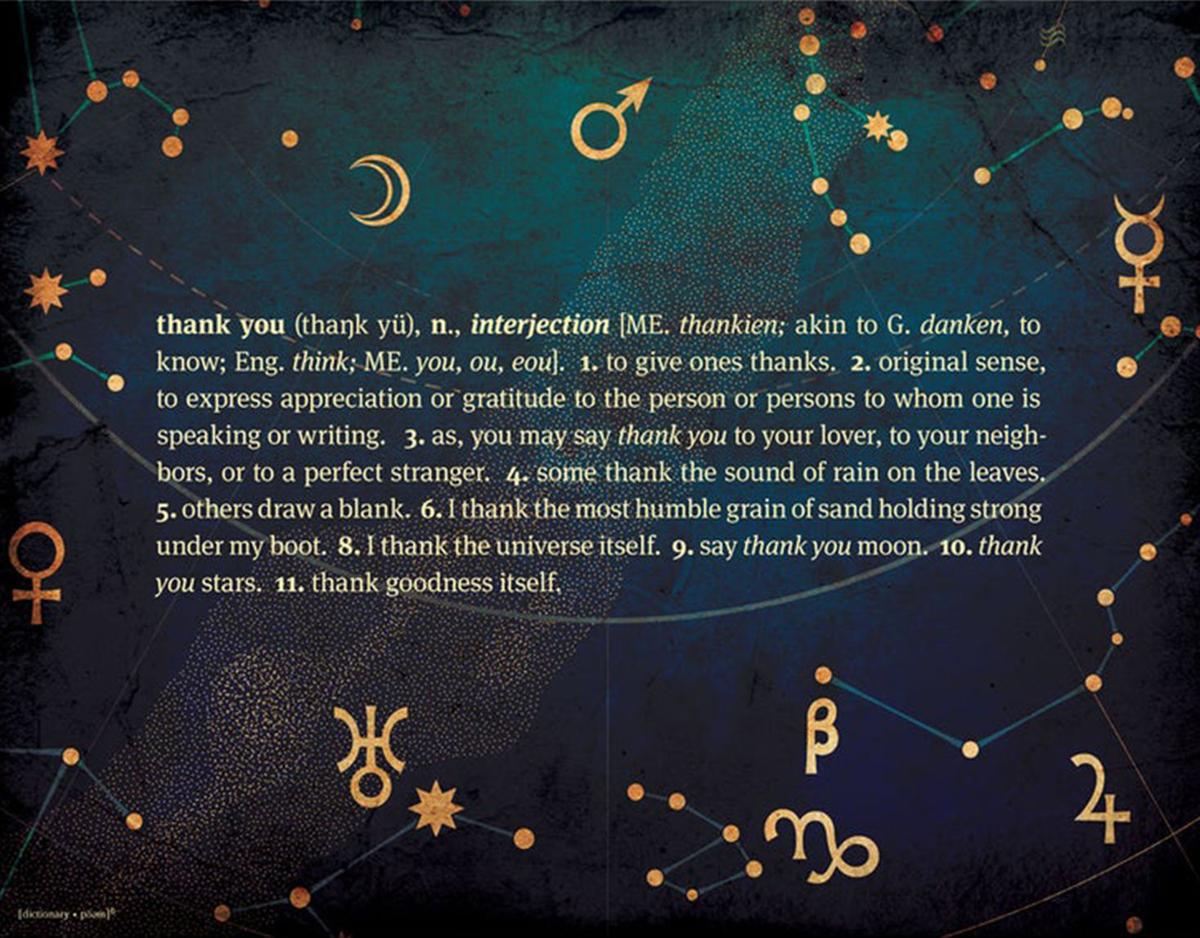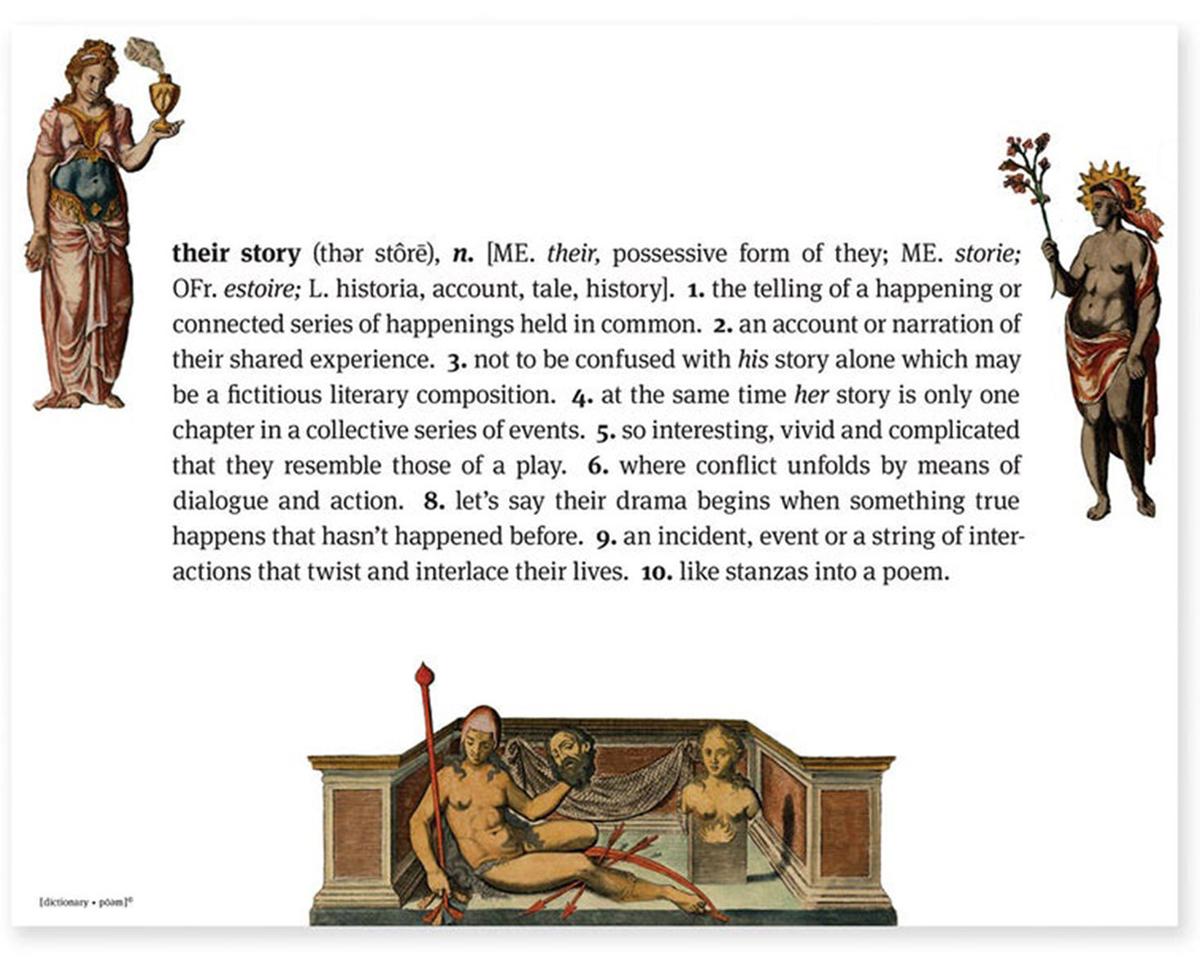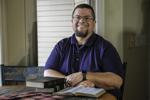
NAGOYA -- A municipal junior high school in the central Japan prefecture of Aichi, which has the second-highest number of foreign nationals in Japan after Tokyo, has been providing language assistance through translations of distributed materials and printouts for its large body of foreign students and their parents, many of whom are not fluent in Japanese.
Foreign nationals make up about 40% of the student body at Homi Junior High School in the prefectural city of Toyota. In addition to information relating to school life, the school also asked police to cooperate and translate information connected to people's lives, such as crime-prevention information. The school says it wants to ensure that such information is distributed fairly.
As of May 1, 2018, Aichi Prefecture had 9,100 foreign children requiring Japanese language instruction, the highest level among Japan's 47 prefectures. Toyota, meanwhile, an area with a concentrated automobile industry, has many foreign laborers. Of Homi Junior High School's approximately 320 students, about 130 are of foreign nationality, and 90% of them speak Portuguese as their mother tongue.
The school has a "Support Center for Foreign Children and Students" operated by the municipal government, and one Japanese-speaking staff member permanently stationed there provides Portuguese translations of all notices and other materials distributed by the school regarding sports festivals, school trips, excursions and other such events, along with PTA notices.
According to the school, it is unclear when the translation started, but in 2007, the Ministry of Education, Culture, Sports, Science and Technology cited the school as an example at a study meeting on enriching the education of foreigners of elementary and junior high school age.
Principal Yoko Hirabuki commented, "Rather than just passing off all the material to the Japanese language instructor, we go back and forth with them and have it translated in a way that is easy for anybody to understand." The instructor also provides interpretation for students who are unsure about daily conversation, and keeps an eye on their homework.
One issue was how to deliver information pertaining to students' safety and lives to their parents. The school distributes materials created by police and other external organizations in Japanese, but it had refrained from translating them due to concerns they could be translated in a way unintended by the creators. However, there are some parents who do not even understand the significance of the numbers 110 and 119 (the emergency numbers for police and fire/ambulance services in Japan), and there were cases in which people approached the school about crimes, accidents and other trouble that the school was unable to respond to.
In May, Hirabuki visited Toyota Police Station, and asked that the material distributed to the school be translated into Portuguese. In September, police responded by translating a pamphlet on safe internet practices into Portuguese through the prefectural police headquarters' interpretation center. Hidemi Yamanaka, a 15-year-old third-year student at the school, who is of Brazilian nationality, commented, "My parents can only understand hiragana and katakana. If it's written in our own language, I can read it with them."
The translated pamphlet was also distributed to the Kyuban Danchi housing development in Nagoya's Minato Ward, which is home to many residents of foreign nationality. A 32-year-old woman from Brazil who lives there said with a smile, "I feel at ease because it's in my native language. If I can understand it, I can also call out to children (to follow the guidelines)."
Hirabuki commented, "By having people understand important information in their own language, we can provide appropriate guidance to children. We want such efforts to spread among many other schools."
(Japanese original by Ayaka Morita, Nagoya News Center)
